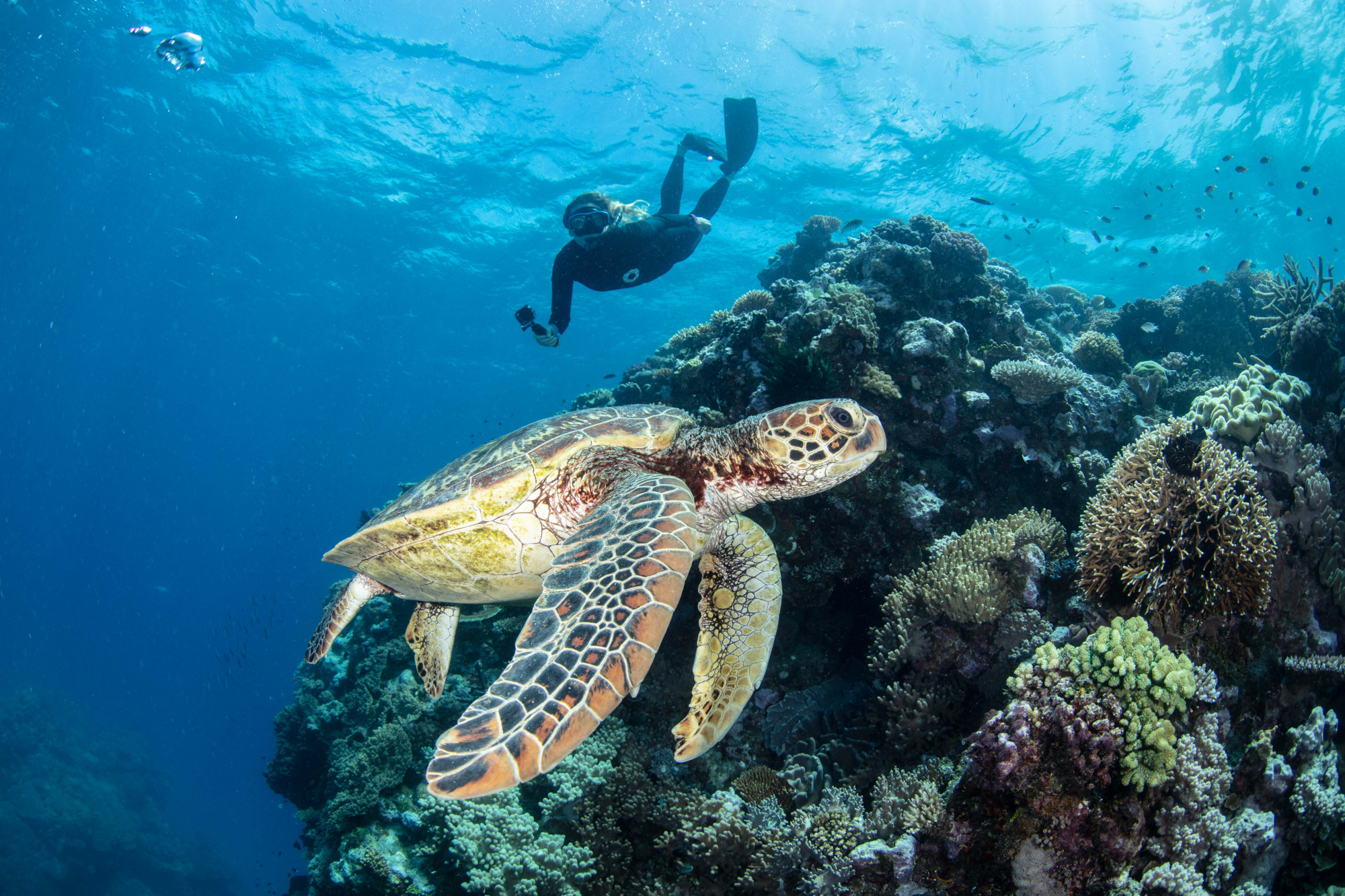Business
8 October, 2020
Biggest reef snapshot ever
Hundreds of amateur and professional photographers will take thousands of photographs at more than 100 different reefs over the next 11 weeks to document the condition of corals at the Great Barrier Reef.

The Great Reef Census is an initiative of Citizens of the Great Barrier Reef, delivered in partnership with the University of Queensland, the Great Barrier Reef Marine Park Authority and the Australian Institute of Marine Science with support from James Cook University, the University of Technology Sydney (UTS) and the University of Tasmania.
A diverse range of vessels from tourism and dive boats, to research ships and superyachts will work collectively across the Reef’s 2300-kilometre length, from Lady Elliot Island in the south to the remote far north, to carry out the largest reef reconnaissance ever. Snorkelling and diving volunteers, who do not need any knowledge of coral biology, will take wide-angle photographs of large sections of reef across 100-metre long sections to capture as much coral as possible.
The pictures will then be uploaded to www.greatreefcensus.org along with their GPS location, so scientists can remotely analyse the photographs. To help with the vast number of photographs expected, citizen scientists from around the world will also be invited to participate online to help analyse the images, while Artificial Intelligence technology will also be used.
UTS Future Reefs Program Associate Professor David Suggett said this new method of volunteers, requiring little training, gathering data photographically to be analysed later, allows a much larger area to be surveyed much faster than with traditional methods where trained surveyors assess coral health while in the water.
“Whilst existing survey methods have been central for informing reef health and management decision making for decades, we need new ‘data intensive’ methods that can fill in the many gaps we have for tracking reef condition,” said Professor Suggett.
He said one of the main goals was to find key healthy reefs which were able to survive and spawn to regenerate their neighbours after a stress event like coral bleaching, so reef protection resources could be used where they would make the biggest impact.
The participants for this year have already been appointed but the ambition is to scale it up in 2021 and get tourists involved, allowing anyone to submit photos to the census.
The project is funded by the partnership between the Australian Government’s Reef Trust and the Great Barrier Reef Foundation, the Prior Family Foundation and the Reef and Rainforest Research Centre.


